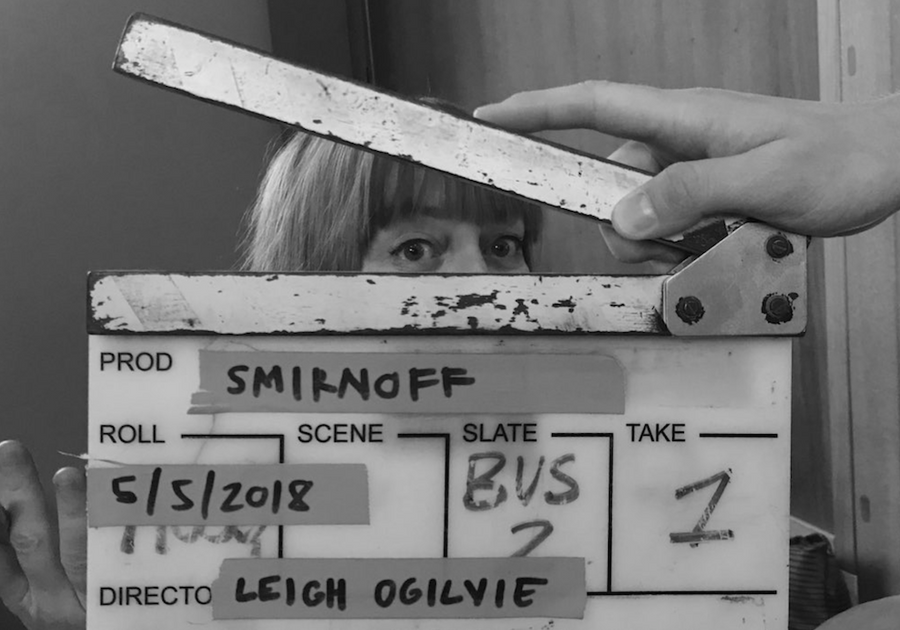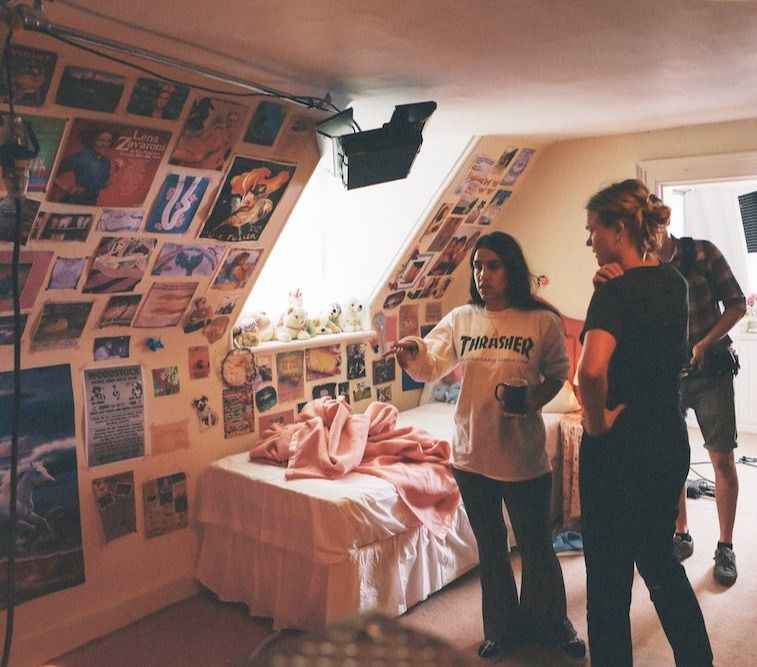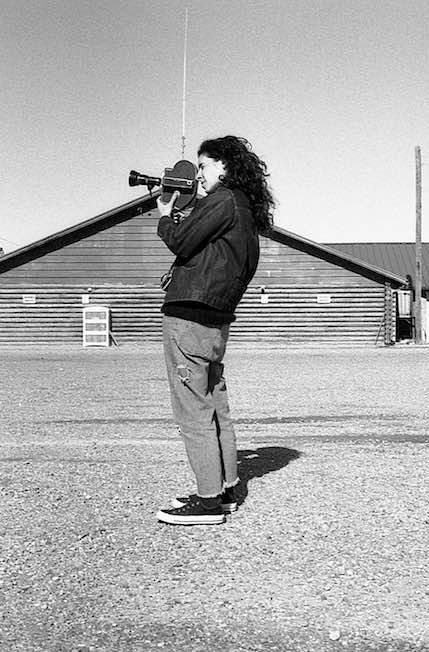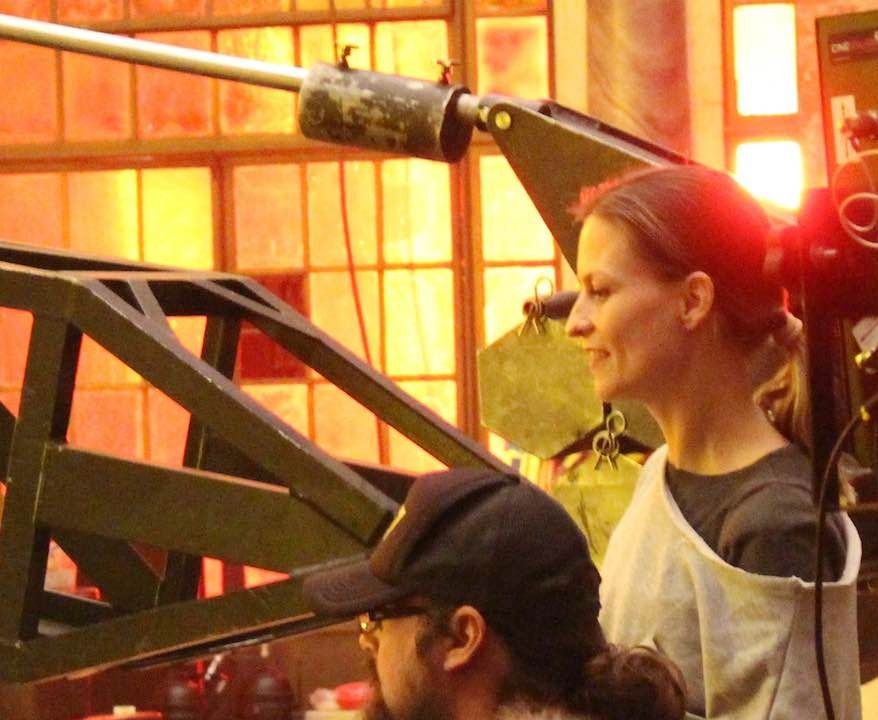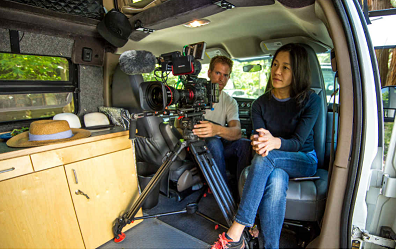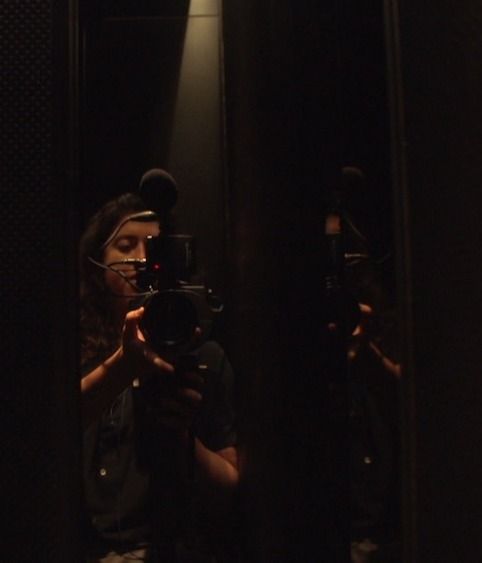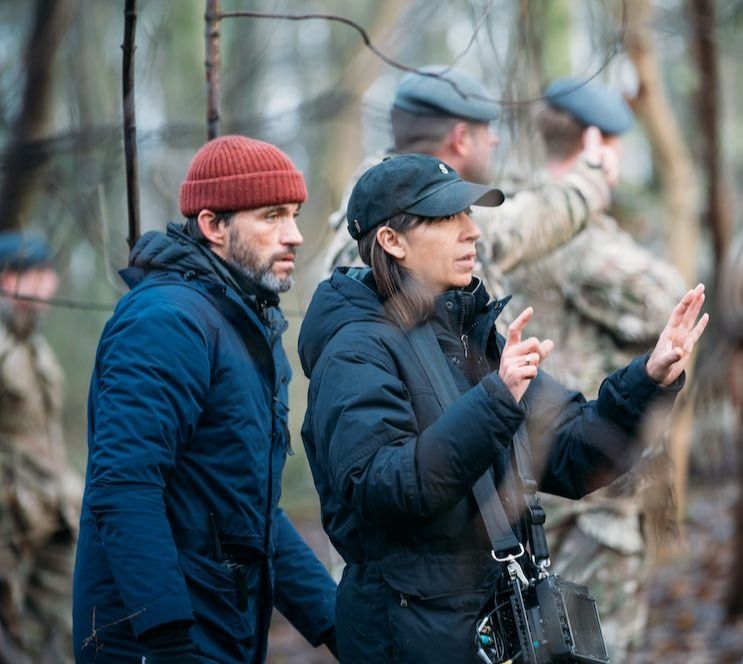All Photos Courtesy of Diageo – Smirnoff – "SMIRNOFF – DESIRABILITY" / Monkey Direct
When looking to showcase Free The Bid-pledged brand Smirnoff‘s long South African legacy through evolutions of music and dance, the Diageo brand enlisted the talents of Free The Bid’s South African ambassador Leigh Ogilvie.
As an industry veteran, Leigh’s directorial sensibilities helped to conjure three radically different visual environments within the space of 30 seconds – Sophia Town in the 1950s, Soweto in the 1990s, through to the present day. “Desirability” is a crash-course on the history of South African dance styles, and Leigh’s lens accentuates the specific flavor of each move.
Leigh’s work carries a distinct, bold filmic voice that has been informed by her award winning music video background. She is a seasoned director who is detail orientated and strives to bring a fresh take with a singular vision to each project. Her extensive reel has picked up awards at D&AD, Vues D’Afrique, Loeries, and SAMAs, with a client list that includes Coca-Cola, Cadbury, Virgin Money, Castrol, Jim Beam, S.A. Breweries and repeat business through J&B, A1 Austria and 1st For Women Insurance.
In Leigh’s role as Free The Bid South Africa ambassador, she has been a crucial on-the-ground point of contact for developing the mission within the South African advertising market. Her years of experience make her an excellent spokeswoman for our cause, and we couldn’t have expanded into the territory without her insights and network-building.
We caught up with Leigh about working within tight constraints, her 20+ year career trajectory, and the importance of addressing South Africa’s unique diversity needs.
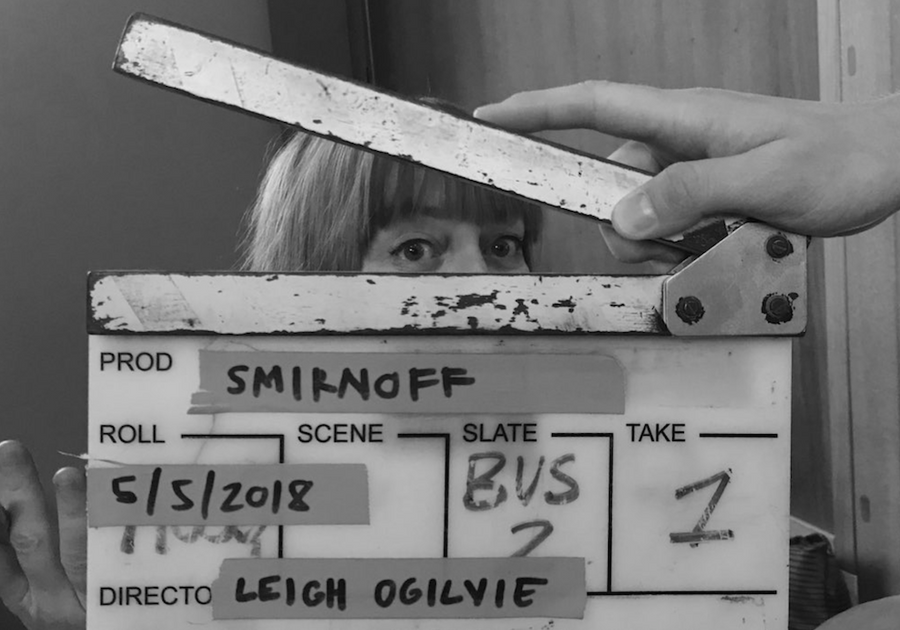
This spot showcases a brief history of South African music and dance. When you were first presented with the brief, what elements of it struck you most?
The elements that I connected with most were definitely sinking my teeth into the filmic ethos for each of the local eras, and the pace required in the storytelling for the 30 sec slot. I love dynamic, fast cuts, and I really enjoy the challenge of succinct storytelling within short time frames.
What were some of the highlights of working with Smirnoff, who are pledged to Free The Bid under the global pledge of their parent brand, Diageo?
The energy on set. It was electric and completely nuts. The cast and crew gave it their all – particularly the poor extras. They danced their little socks off. Production was super slick, crew on-point, and the agency and client were a delight. They were very trusting and let me do my thing.
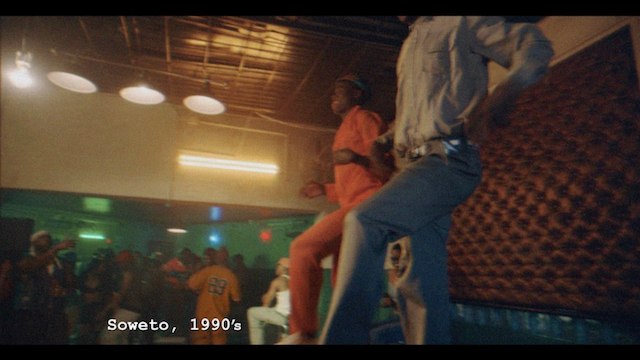
What kind of visual choices did you make to capture the feeling of each unique era and type of music?
It was a very considered and detailed process overall, particularly in ensuring a visual clarity between the era of the 90’s moving into the modern day, as so many current youth trends in attitude and styling have drawn influence from that time.
I was adamant that the art direction and styling be authentic to the each era, which my gallant art director Gerhard Van Zyl and ninja-focused wardrobe stylist Rozanne Whyte pulled off with their usual slick, detailed, and committed flair.
The iconic Sophia Town scene from the ‘50’s was shot in camera and uncranked at 18fp. Each scene emulated the lighting moods of the times. We kept the camera moving and ‘shot from the hip’ throughout, to keep an edge of authenticity and dynamic energy.
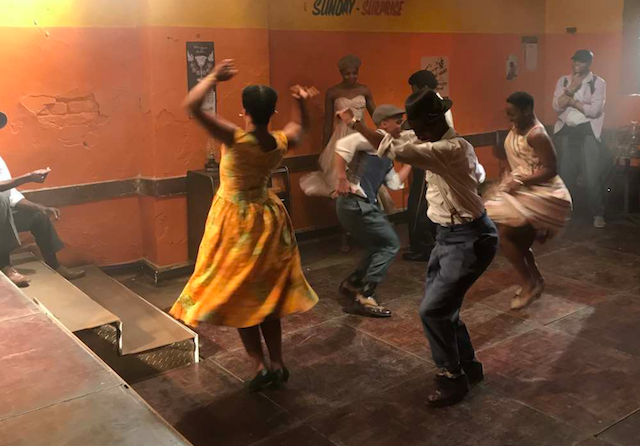
The online is where most of the work was completed. We messed around with various aspect ratios, applied filmic textures, and channeled the grades of the various eras.
As a rule, I like to hold back on crafting the spit ‘n polish until right at the end. It’s important for me to see how the edit holds up in its raw form – that it’s doing the job it needs to, before we bring in the bells and whistles. With this kind of project, it’s easy to get carried away or distracted with all the creative possibilities that can be applied, particularly when these applications give the job its conceptual character.
On this project, Keno Naidoo was both the colorist and the online artist, which was exactly the right way to go about the post production for a project like this. It was a streamlined and collaborative way to work, which both the agency and myself enjoyed very much.
The music was a technical challenge, as the client requested that each era reflect the local sound of the time. This was no easy task, as that entails three musical genres in 30 sec (and particularly at the pace that was needed to tell the story), but the composers at We Love Jam flexed their skills and brought it home.
Since you have a strong background in shooting music videos, did shooting the dance sequences pull from the skills that you had developed from music video shoots?
Yes, but not the dancing per se, as I never really shot music videos that explored dance. Most of the videos I shot back then were more conceptual in approach. Having said that, I was shooting work in the ‘90’s, so I got to know and observe the culture of Kwaito very closely.
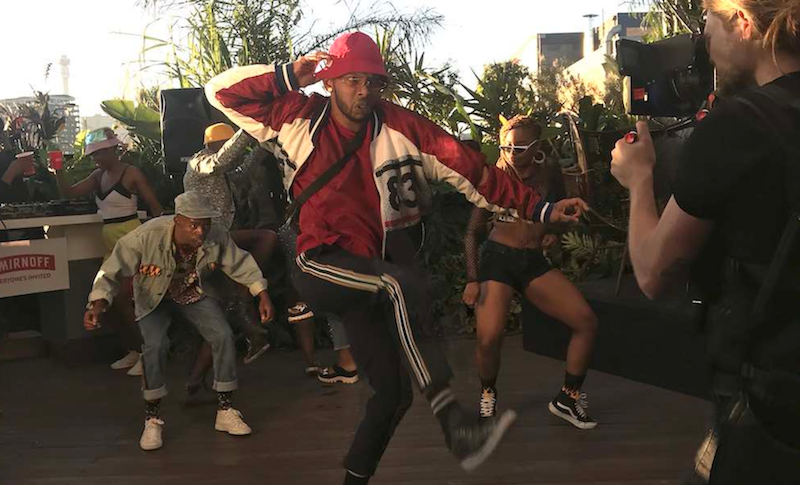
Throughout pre-production, I knew enough to spot if a dance performance was on point or not, so I guided the process through the cast callbacks. We cast and scouted for people who could really dance, so it was easy to steer, as they were so talented. The casting was quite detailed, thanks to the patience and resilience of the ladies at G Stop Casting, with every one of them being asked to showcase their dance skills for each era. On the shoot day, I had a choreographer who cast a beady eye over the performances to keep it in era.
The dancers in the Qgom scene (the closing scene), along with the Pantsulas on the pool tables, were the real McCoy and a law unto themselves. They were innovating new dance moves on each and every take. You just have to sit back and watch them bring it.
Were there any aspects of the shoot that proved particularly difficult? Did the shoot force you to problem-solve on set in any unique ways?
Yeah, well, we needed to shoot it all in a 16-hour day. To pull that off, we had to be incredibly detailed in the pre-production process. Fortunately, the new company I’ve signed to (Monkey Films) are sterling filmmakers, so we had it in hand.
The brief did change from the treatment stage. Originally, it was all interior scenes, but our client needed more mileage out of the run of the commercial. They requested that we shoot the final modern day scene in daylight for an insight that will be promoted down the line. We had a fair amount to shoot, with a number of location and set dressing changes, so we only had a couple daylight hours to crack the final scene. Naturally – as is the way – that’s where the key product shots had be staged, along with the precision landing of the Smirnoff logo on the hat to camera as the parting shot. But hey, that’s what we do.
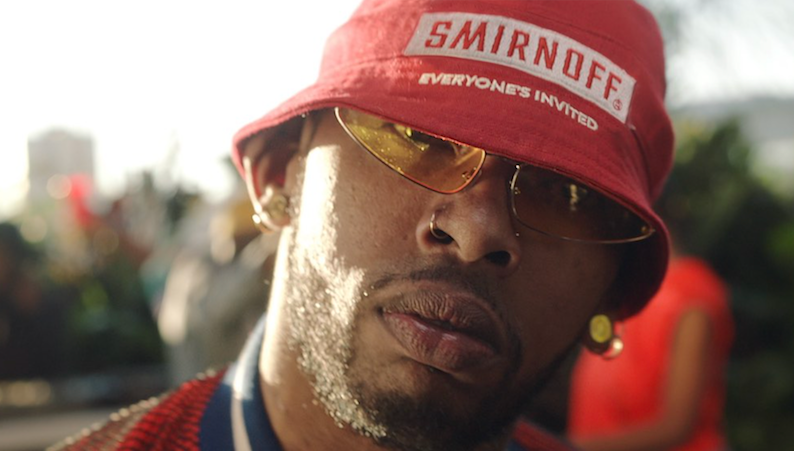
Because of the speed I needed to move at, I took the chance to work with a rising young D.O.P, Tom Revington. It was a risk, as he had only a couple of commercials on his reel. It paid off, as he was perfect for the job – quick, smart, super prepared and zen. I have monster energy and drive on set, so I need a very strong A.D., partially to keep me in check, haha! We made sure we had Tony Tex, who is a maestro and always pulls off the most challenging schedules on time.
Apart from an skeleton lighting crew who were at it in the wee hours of the morning, we pulled it off in 17 hours. Not that we want encourage this kind of pressure! Shooting like this is not unlike an extreme sport. We got away with it due to the organic nature of the shots, in an approach that happened to work for this particular concept. If it had needed to be even slightly more technical, it would not have been possible.
What were some of the most enjoyable moments in working on this project?
I loved shooting the Sophia Town scene. The cast and crew loved it as well. The energy was electric – you can feel it in the shots. It’s an iconic era in our history that is close to everybody’s hearts. It was our final setup at the end of a long day, but everybody was super amped. We shot so much amazing footage that sadly we had to cull in edit. I am very happy with the rawness of how the Sophia Town scene turned out, and with the fact that we captured the authenticity I was hoping to achieve, especially in light of the fact that it was the one era I was not around to experience first hand.
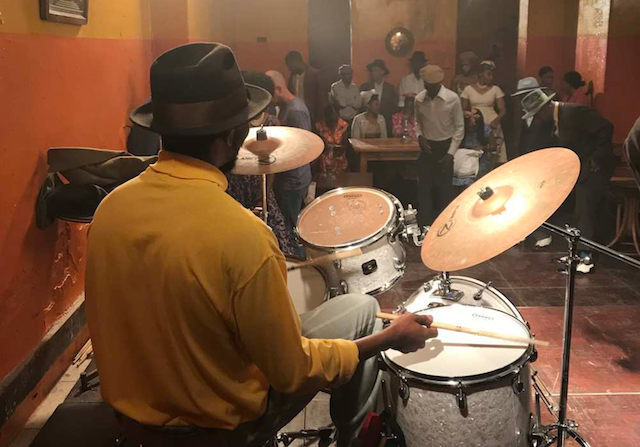
The edit process was a pleasure. It was also the first time I worked with the editor Joe de Ornelas, who is an affable, gentle talent.
Tell us about how you got your start directing, and what led you to work in advertising. What attracted you to commercial directing, and how do you find that advertising work suits your directorial vision?
I started out as a stylist/art director in music videos and commercials, but always had a view to direct.
Back then in South Africa, there were no film schools, so a hands-on experience through working on set was the way you got in. At the time, I was styling a fair amount of work for a hot music video shop called Devereux Harris & Assoc. I hung around and nagged until they eventually gave me an opportunity to direct one. It was super low budget. It turned out ok – competent, no great shakes – but on the next one I found my stride. Luckily for me, it won a couple of awards locally and internationally, and things really took off from there.
I directed a string of award winning music videos, but there was really no money in the game. Sadly, with the wolf at the door, I needed to find other avenues of earning a living. I began to freelance, directing a bit here and there and developing concepts for creative bids. Around 2003, I was headhunted by a couple of local commercial houses, where I took up an offer with a company called Frieze Films.
Initially, the commercial world wasn’t a natural fit for me. I struggled with the culture of it. I came from a background where I was solely responsible for delivering and conceptualizing the creative. I wasn’t sure of what my role was or what exactly was expected of me. My producer would hand me a script and I’d say, “but they have done it all, what do they want me to do?” Being a woman, and only one of four at the time, it was pretty trying especially on set. Along with that, I had a very new-school style, which didn’t always go down well. My passion (and at times feistiness) was often read as difficult.
But I did attract some cool work in the initial stages – particularly through Network BBDO, who really generated smart, exciting ideas which helped me get noticed. Eventually through experience I began to understand how to be within the complexity of the organism.
Once I got my head around it, I quite enjoyed being given a set framework to create within. I love the treatment stage – that’s my favorite part, coming up with the solves and approaches. It’s also particularly rewarding when you get to work on repeat business. Having that trust creates an air of goodwill and goes a long way in raising everybody’s game. You also never stop learning: whether it be a new toy you get to play with, an edit technique to explore, or discovering new ways to improve and develop relationships with the crew, agency and clients, which I have learnt really is the key to all.
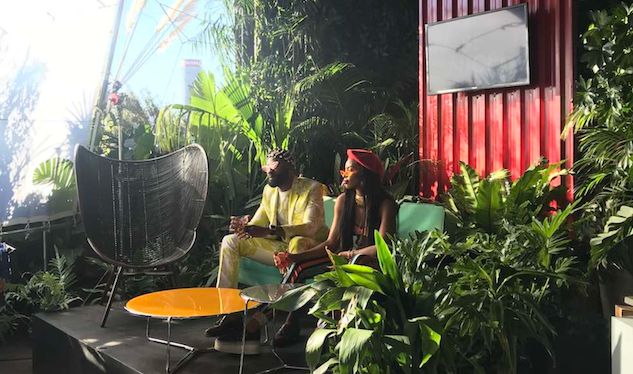
What are some of your past projects that you’re most proud of?
It’s hard to say, because I’ve been directing for just on 20 years and there are quite a few that I feel emotionally connected to. If we keep it to commercials, then possibly a job I did for cell phone company called Cell C early on in my career. It was so long ago that the idea centered around the fact that mobile phones now came with built in cameras!
The script allowed me to get in on a contemporary, gritty, African authenticity, which was not really being explored at the time. I took parts of it to the Johannesburg CBD, which nobody had really investigated properly in the commercial world. But that was my music video stomping ground – the idea in the written script was my beat, and the pace of the narrative was right up my alley.
I wanted it to feel authentic and truly African. Partly due to the decentralization, the CBD was deemed too dangerous to shoot in, so many of the scenes (from the market places through to the preachers) and the characters were staged from scratch to recreate the textures and vibrancy that I had been privy to in my music video days. I was proud of that. For years after that, we would get calls asking where the locations and experiences could be found.
We’re glad to have you as our Free The Bid South Africa ambassador, and you’ve been doing such great work to advance the cause within the South African market. What steps have you taken to strengthen your community of women directors and spread the word to new supporters of the mission?
Thank you! It’s become a very rewarding experience to being invested in – getting to know my fellow women directors and witnessing the growing interest and openness toward Free The Bid.
We are only just gaining some visibility, as Free The Bid South Africa was only launched just under a year ago. South Africa as a country is quite remote, with a very different and unique set of diversity issues to America, Australia, and Europe that need to be considered.
On the 16th of August, Emma Reeves and I will be speaking at the Women in Marketing conference at the Loerie Awards in Durban, so that should help build momentum to the initial inroads.
Recently, I’ve had quite a few interviews on behalf of Free The Bid. Some have been published and some are about to be, over a range of media – from internal comms at large corporates, industry websites, digital mags and a couple of invitations coming up to talk about Free The Bid for potential endorsements.
I’ve been circulating emails to creatives and producers at agencies introducing what Free The Bid is all about, marketing the women directors as an intro or a reminder as to who they are, with a short bio on their skill sets and strengths. It’s small touches, really. I did that initially when I first opened the @freethebidsouthafrica instagram account to offer a little insight to whom the women directors are. I’ve had some cool feedback from creatives on this, saying they found it quite refreshing and personable. I keep an eye on new work and nag the directors to forward it to me. I keep look out for new talent and encourage them to sign up and yak about it to whomever will listen.
I have a strong feeling that after the Women in Marketing conference, my plate is going to be pretty full.
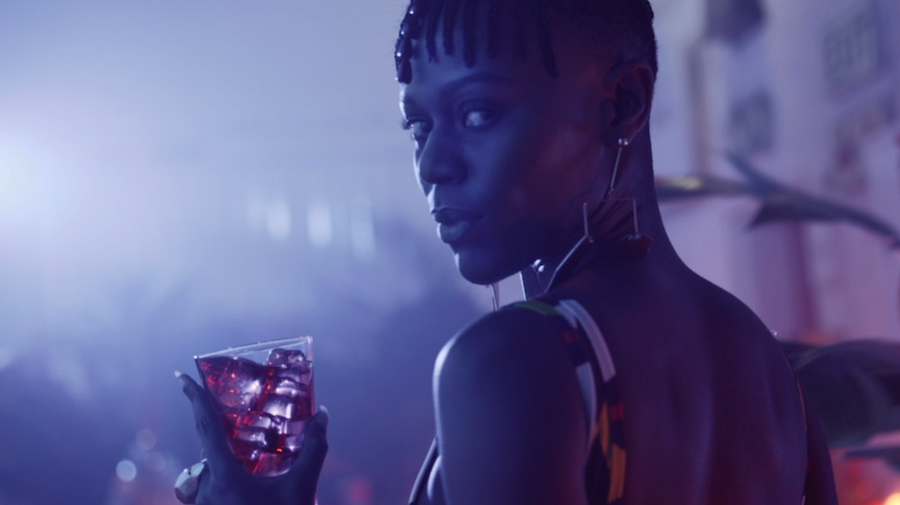
Why do you think the Free The Bid mission is so necessary to implement within the South African advertising industry ? What changes need to be made in order for more women (and a more diverse pool of women) to be able to thrive as commercial directors in South africa?
South Africa is unique in its diversity needs, as we have yet to meet an equitable standard towards Black Economic Empowerment (B.E.E). To date, the progress has been slow: only around ten percent of our demographic is white; yet in our industry, the lion’s share of the work is being created and directed from the point of view of white men.
Up until now, the directing pool of women were only represented by handful of white women, who – due the systemic nature of gender bias – have hit their ceiling. They have either been overlooked on the big ideas, are punching well below their weight, or are only getting to see half the board flow enjoyed by their male colleagues.
With a massive amount of buying power lying in the hands of women across all races, it’s time to level the playing field and encourage a push from clients, agencies and production houses towards nurturing the careers for a diversity of directors. This needs to include a specific push for women directors of color, who unbelievably are only beginning to be seen entering the industry in the last couple of years or so.
There are a couple of agencies that have, on certain accounts, implemented a mandate to brief directors of color only – where, again, most of the directors of color are men. In these single mandate cases, I have started reaching out, and will continue encouraging that women directors of color be included in that line-up, whether the pledge is taken or not.
Free The Bid’s inception was focused on women directors, but since the initiative’s founding in 2016, our database includes listings for women editors, DOP collectives, and most recently colorists (with more below the line positions forthcoming). In your career as a director, have you seen a difference in the experience on set when your crew contains more diverse gender representation? What can women directors do to foster more diverse crews?
Unfortunately, there are not enough of us in key positions as yet for me to really get a sense. We have around four women editors, one woman colourist, four women D.O.Ps, around five women A.D’s and around sixteen women directors currently working in an industry of a couple of hundred men.
I’m noticing more D.O.Ps bringing on board at least one woman technician around the camera. Certainly more needs to be done around the training and inclusivity of women, but I am pretty confident that new guard will get there.
I do feel a change in attitude, though, and it’s evident when I work with the younger generation of crew. They have a different way of being: it’s lighter, no tension of egos, more collaborative and respectful. It’s very welcome in these changing times, and it’s moving quickly.
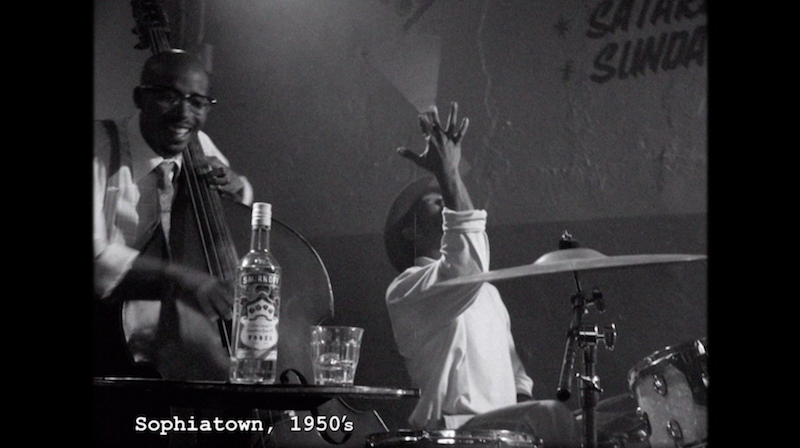
How does it feel to make connections with the global Free The Bid community?
Amazing! I was placed on the Free The Bid database when it first launched by my American Rep Meredyth Mann, from Bespoke 360. Viewing from a distance, I was blown away with the traction it had gained in such a short trajectory. It made me feel sane. It affirmed my experience and bolstered my determination that the systemic gender bias was not just in my head. It has instilled a fresh hope.
Discussing these issues here in South Africa is generally met with an unwillingness to acknowledge their existence. It has been argued that decisionmaking was all about the appropriateness of the work on the reel, and in fact, the reason why I was competing in the arena myself was due to allowances made for female representation. So what’s the problem? Maybe my frustration was because I was just aiming too high?
I’m happy to say that because the global awareness around gender diversity filtering down, I’ve seen a shift in understanding and ownership when acknowledging the impact that systemic gender bias has had for women in the workplace. Times are changing, and it feels good.
Finally, what advice would you give to women directors just getting their start in the industry?
Commercial filmmaking is a people’s business; this is possibly the most important part of the game, so mind your P’s and Q’s. The gaze as a director is always on you, and at times can be forensic. Be prepared, sure footed, fight the right creative fights in the nicest possible way. Find yourself a producer or production house that will be prepared to get behind and champion you through thick and thin. If you want to sign to a house, then go for a smaller company with a couple of directors on the roster, so you can gain a full benefit of support.
